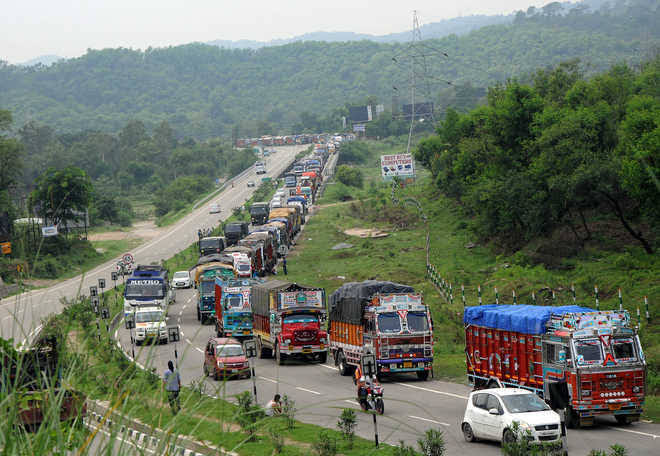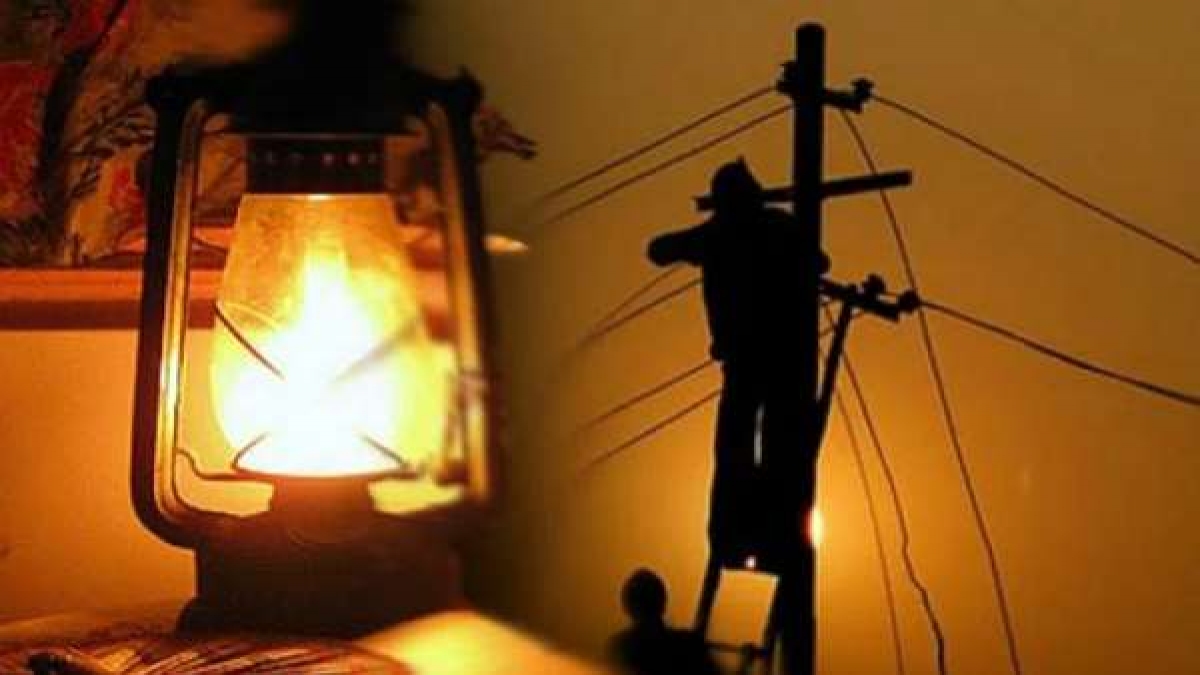A Lifeline Under Stress
By: Javid Amin | 01 Sep 2025
The Srinagar–Jammu National Highway (NH-44), the only all-weather road linking the Kashmir Valley with the rest of India, has been partially reopened after remaining blocked for six days due to landslides, flash floods, and road collapses.
Key trouble spots included Tharad Bridge, Balli Nallah (Udhampur), and Maroog (Ramban) — all of which were battered by torrential rains, shooting stones, and swollen streams.
This reopening offers temporary relief to thousands of stranded passengers and truck drivers, but authorities warn that full restoration will take at least 20–25 days.
Current Traffic Status
-
One-way regulated traffic has resumed.
-
Stranded vehicles are being cleared gradually.
-
Fruit trucks and essential supplies are being given priority to prevent economic losses.
-
Lane discipline is being strictly enforced in fragile stretches to avoid congestion and accidents.
Officials caution that free-flowing two-way movement is not possible yet, given the unstable terrain.
Weather Warning: More Trouble Ahead
The India Meteorological Department (IMD) has issued a heavy to very heavy rainfall warning for Kathua, Jammu, Udhampur, and Reasi districts until September 2–3.
This forecast raises concerns of:
-
Fresh landslides in already fragile slopes.
-
Shooting stones near vulnerable bridges.
-
Further road subsidence in the Udhampur sector.
Travelers have been urged to avoid non-essential travel on NH-44 during the red alert period.
Why Full Restoration Will Take 20–25 Days
Officials from the National Highways Authority of India (NHAI) and Chief Minister Omar Abdullah have confirmed that complete reopening will take three to four weeks, mainly due to:
-
Extensive Damage in Udhampur Sector – multiple road collapses, washed-out patches, and cracks in the carriageway.
-
Landslides Near Tharad Bridge & Balli Nallah – constant rain keeps triggering fresh blockages.
-
Unstable Slopes in Ramban – particularly dangerous for heavy trucks.
-
Weather Uncertainty – with rains forecast, repair machinery cannot operate at full capacity.
Until slope stabilization and drainage improvements are completed, NH-44 will remain partially functional only.
Interim Measures & Alternate Routes
To reduce the pressure on NH-44, authorities have kept alternate routes open:
-
Mughal Road (Shopian–Poonch–Rajouri) → for light vehicles.
-
Sinthan Pass (Kishtwar–Anantnag) → weather permitting.
-
Srinagar–Leh Highway (NH-1D) → open but subject to snowfall alerts.
These alternatives, however, cannot fully replace NH-44, especially for heavy cargo trucks and fuel tankers.
Economic & Social Impact
The six-day blockade severely disrupted:
-
Fruit supply chains – Kashmir’s apple and pear consignments piled up, risking spoilage.
-
Essential commodities – fuel, vegetables, and medicines saw supply delays.
-
Passenger movement – thousands were stranded in Jammu, Udhampur, and Ramban.
Local traders estimate crores of rupees in losses due to perishable goods being stuck on the highway.
Travel Advisory for Commuters
If you are planning to travel on NH-44:
✅ Check traffic advisories from J&K Traffic Police before departure.
✅ Prioritize Mughal Road or Sinthan Pass if weather permits.
✅ Carry essentials: food, water, blankets, power banks.
✅ Avoid night travel in Ramban–Udhampur stretch.
✅ Stay updated on IMD weather alerts.
Bigger Picture: The Fragility of NH-44
This is not the first time NH-44 has been blocked — it faces annual disruptions due to the Himalayan terrain and heavy monsoons. Experts warn that:
-
Slope stabilization projects need urgent scaling up.
-
Tunnels and bypasses (like the Chenani–Nashri Tunnel) have helped, but more are required.
-
Climate change is increasing rainfall intensity, making traditional engineering solutions insufficient.
Long-term resilience planning is the only way to ensure uninterrupted connectivity for Kashmir.
Conclusion
While the partial reopening of NH-44 provides some relief, the next 20–25 days will remain challenging for commuters, traders, and authorities.
With heavy rain forecasts and unstable slopes, the Srinagar–Jammu highway continues to highlight the fragility of Himalayan infrastructure — and the urgent need for climate-resilient road projects.
For now, travelers must remain cautious, rely on alternate routes, and follow official advisories closely.



